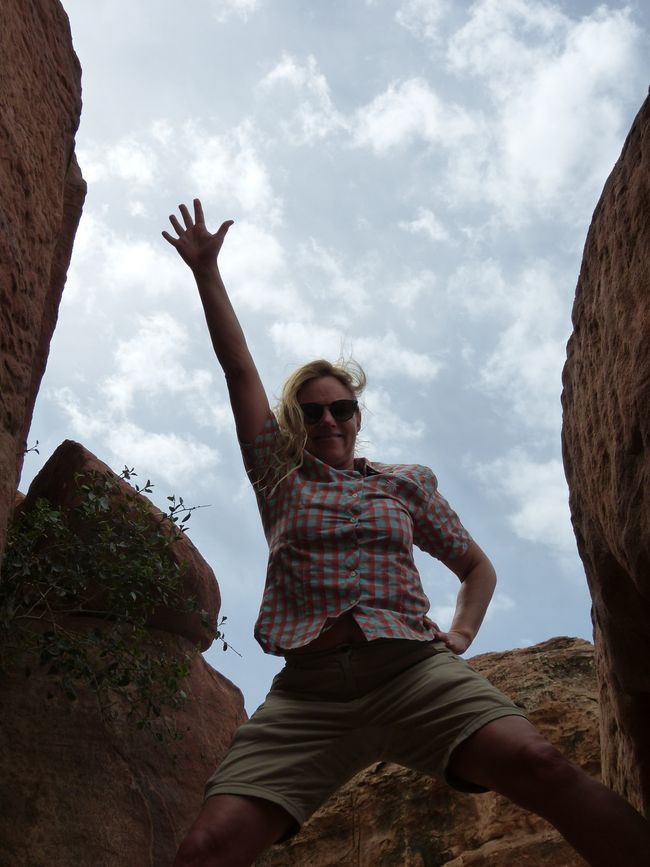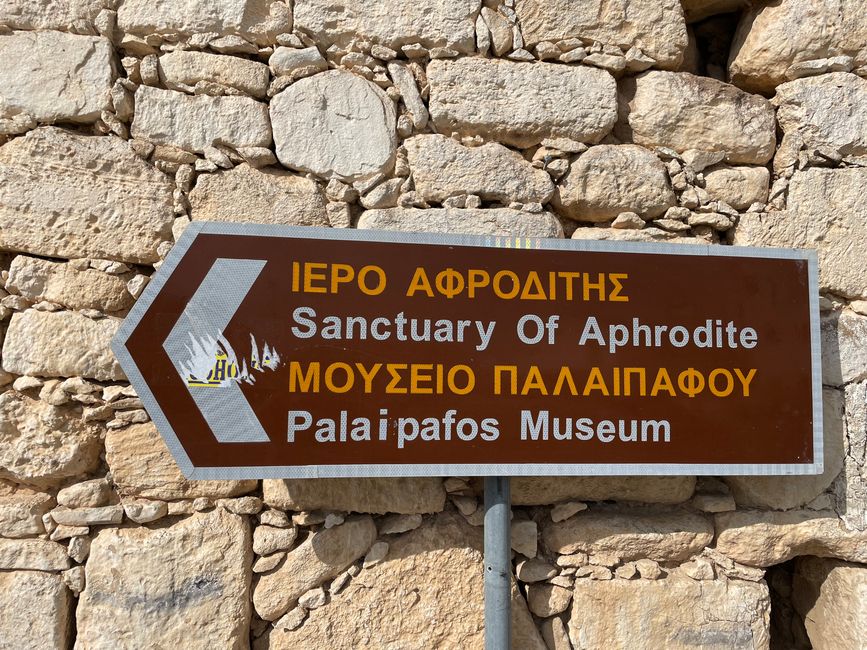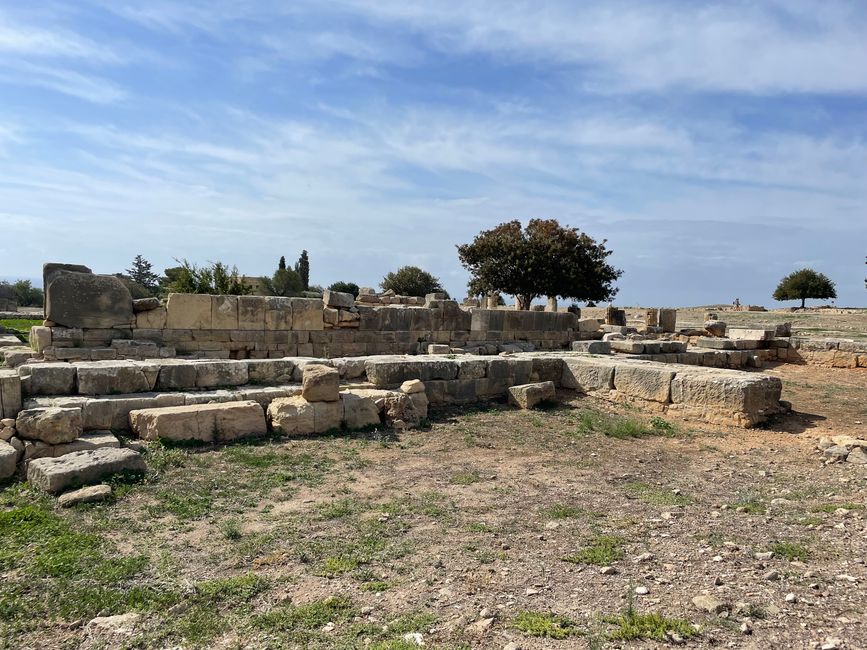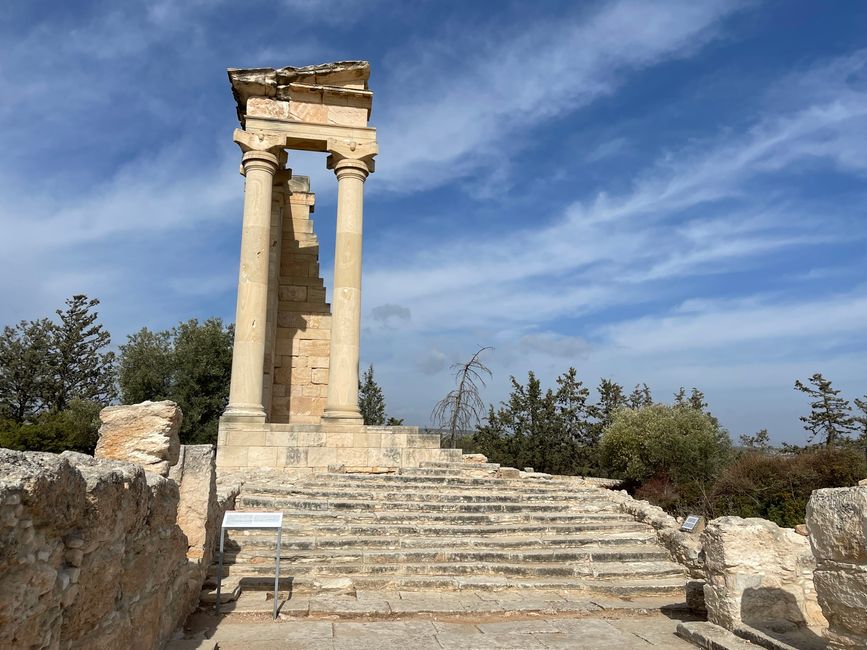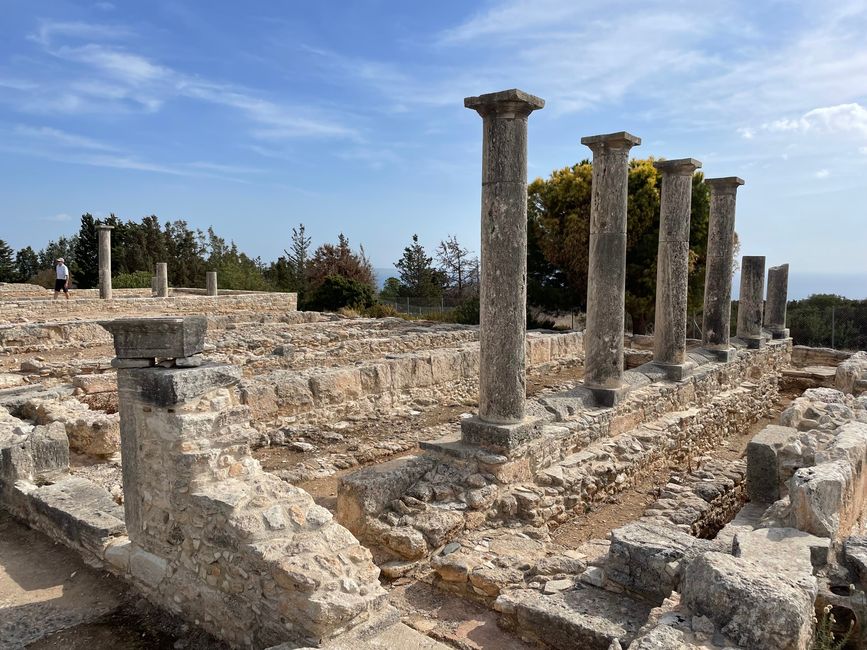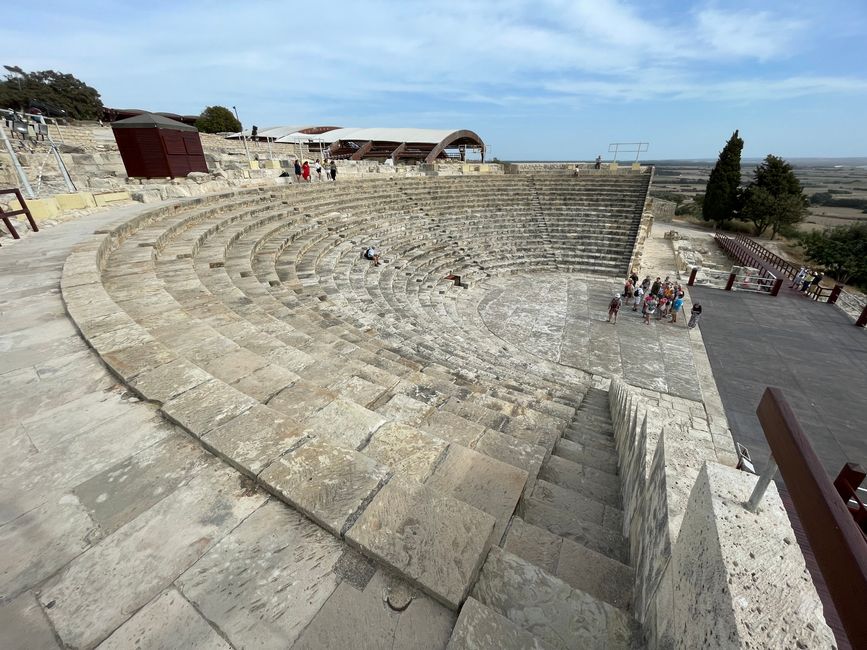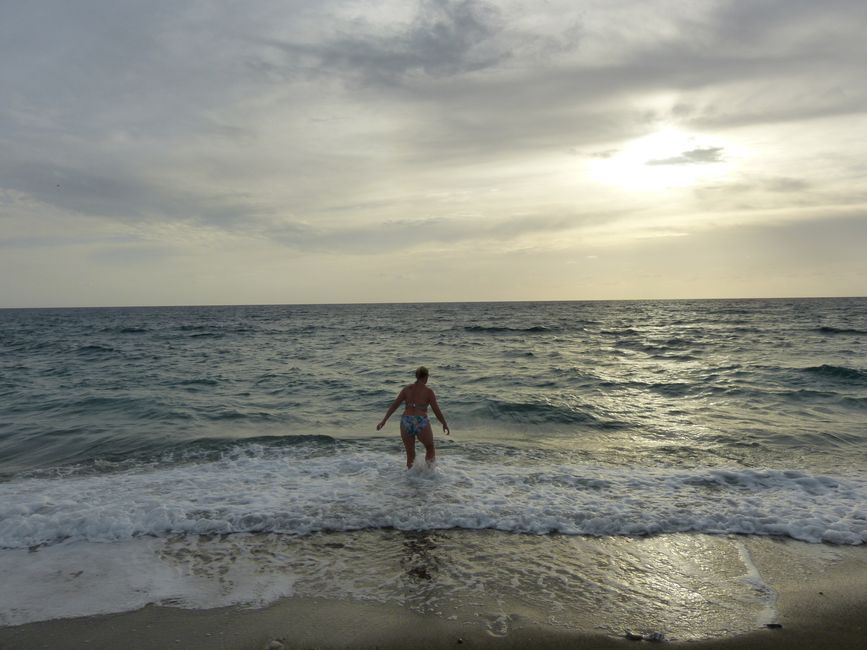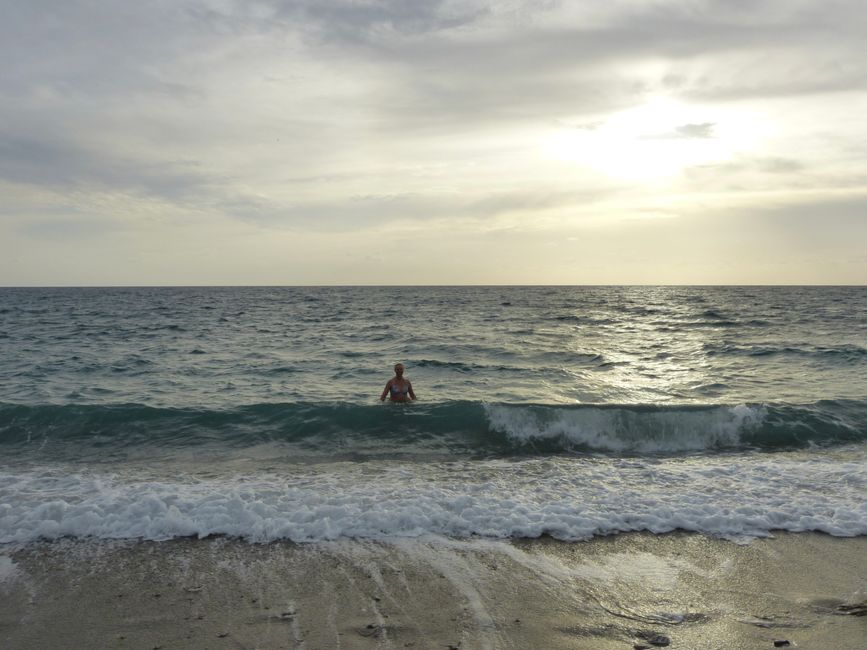In the footsteps of Aphrodite
Whakaputaina: 09.11.2023
Ohauru ki te Panui
First we visited the site of the Aphrodite Sanctuary of Palaipaphos, Cyprus' most important sanctuary in ancient times. There was a huge complex here with an Aphrodite temple and priests' residential buildings that dated back to the 12th century BC. dates back and attracted travelers from all over the Eastern Mediterranean. Unfortunately, apart from a few foundation walls, nothing remains of the sanctuary. In the 4th century AD the cult was abandoned, power and influence then rested with kings, crusaders and the Christian church. They also abolished the custom of temple prostitution, in which every woman once in her life gave herself up to a stranger in exchange for money - in later times there was the ius primae noctis (right of the prince or liege to the first night, which was certainly much more pleasant for the princes). of the bride).
Aphrodite is, next to George Michael, probably the most famous personality in Cyprus. She is the goddess of love and beauty. According to legend, she was born from the foam of the sea near Paphos - hence the Aphrodite sanctuary nearby. The Aphrodite Rock now marks the place where, according to legend, she emerged from the sea. However, in the photo you don't see Aphrodite, but me. ;-)
Aphrodite's lineage is portrayed differently depending on the author and myth. Hesiod reports that Kronos, at the request of his mother Gaia, cut off the genitals of his father Uranus and threw them into the sea, where Aphrodite was created by mixing blood, sperm and sea. After she was admitted to Olympus, she became the adopted daughter of Zeus. According to Homer, she is the daughter of Zeus and Dione.
She is married to Hephaestus, the god of fire and blacksmithing, to whom she is not faithful. She has a corresponding number of children, including Eros (with Ares), Priapus (with Dionysus), Hermaphroditos (with Hermes) and the hero of the Trojan War, Aeneas (with the Trojan Anchises). She is said to have started the Trojan War when she, along with Hera and Athena, asked the Trojan king's son Paris to decide which of them was the most beautiful, which resulted in the rape of Helen.
We continued through British territory to the sanctuary of Apollo Hylates (the vote on the reunification of Cyprus was probably rejected primarily because the Turkish and Greek parts were supposed to be merged, but a British part was then supposed to belong to Great Britain). Originally, a male fertility deity was worshiped at this place, who was initially nameless and later called Hylates. During the Hellenistic era, this deity was identified with Apollo, who was given the nickname Hylates. The sanctuary dates back to the late Bronze Age (1650-1050 BC). It achieved its greatest fame in Roman times, when it was one of the three most important places of worship in Cyprus. Today, the remains of the temple, the baths, colonnades, etc. can still be seen, so that we were able to imagine the complex much better than the Aphrodite sanctuary.
Next stop: the archaeological zone of Kourion. Kourion was one of the most important city-kingdoms of Cyprus. There is to see: old stones, mosaics and a theater. I admit that my interest in this has waned significantly.
The day ended with a visit to the aforementioned Aphrodite Rock (also called Petra tou Romiou) and a swim at the place where Aphrodite emerged from the sea. According to various legends, if you swim around the rock three times, you will be rewarded with eternal youth, beauty, happiness, fertility and/or true love. This was not possible because it was low tide and half of the rock was on land. Would a bath next to the rock have the same effect? It was definitely refreshing.
Ohauru ki te Panui
Whakautu
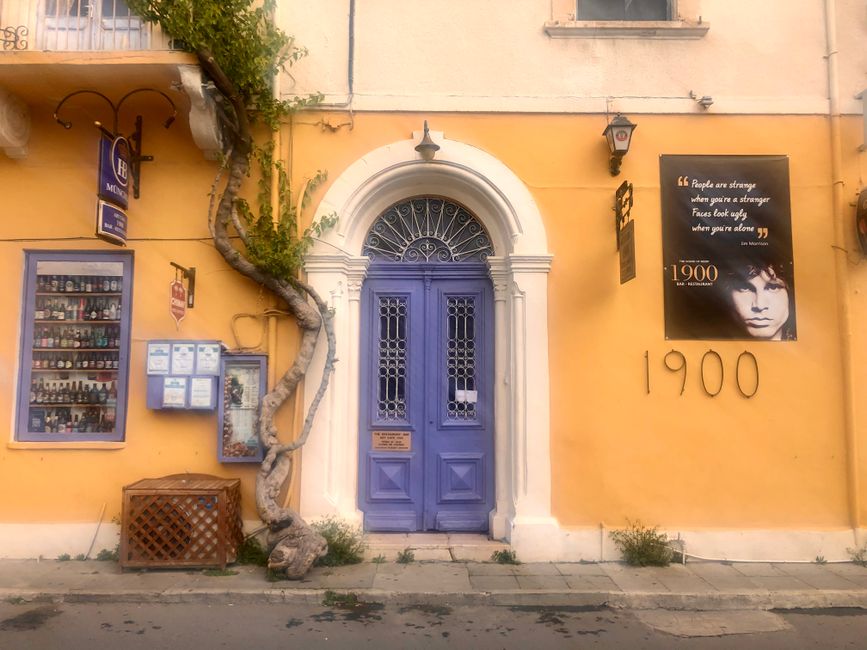
Ripoata haerenga Kaiperu

